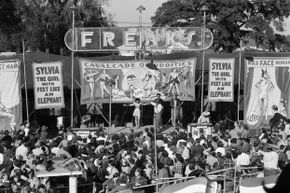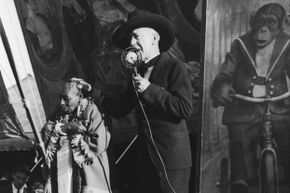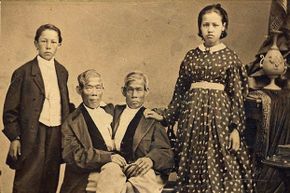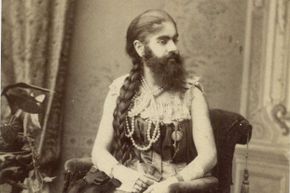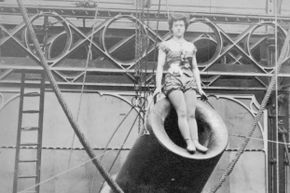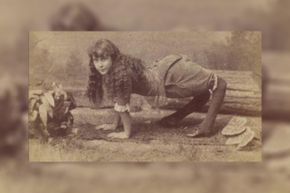Let's start our list of famous sideshow entertainers by addressing language. "Freak" has long been a tricky word to use when describing folks in the sideshow community. It's no mystery that it has been used as a derisive, offensive term in the past, and it still can be a terribly hurtful word. Some in the performing community have embraced the term and rebranded it as empowering. We're not going to use the term to describe sideshow acts, although it should be understood that some performers are comfortable using it.
Now that's out of the way, let's have a little fun with the famous entertainers who made sideshows wildly popular in the 19th and 20th centuries. From rare medical conditions to a fearless stuntwoman, let's dive into the history of some performers who captured the public's attention and still have a place in the cultural psyche.
Advertisement
